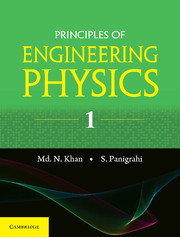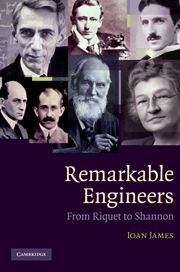Principles of Engineering Physics 1
Covers the basic principles and theories of engineering physics and offers a balance between theoretical concepts and their applications. It is designed as a textbook for an introductory course in engineering physics. Beginning with a comprehensive discussion on oscillations and waves with applications in the field of mechanical and electrical engineering, it goes on to explain the basic concepts such as Huygen's principle, Fresnel's biprism, Fraunhofer diffraction and polarization. Emphasis has been given to an understanding of the basic concepts and their applications to a number of engineering problems. Each topic has been discussed in detail, both conceptually and mathematically. Pedagogical features including solved problems, unsolved exercised and multiple choice questions are interspersed throughout the book. This will help undergraduate students of engineering acquire skills for solving difficult problems in quantum mechanics, electromagnetism, nanoscience, energy systems and other engineering disciplines.
- Comprehensive discussion of fundamental principles and theories of engineering physics for undergraduate students
- Covers different aspects of engineering physics including oscillation and waves, interference, diffraction, polarization and electromagnetism in detail
- Two chapters discuss the fundamentals of quantum physics and application of quantum mechanics in detail
- Every chapter includes pedagogical features including solves examples, review questions, unsolved problems and multiple choice questions with answers
Product details
No date availableAdobe eBook Reader
9781108227971
0 pages
This ISBN is for an eBook version which is distributed on our behalf by a third party.
Table of Contents
- Preface
- Acknowledgement
- 1. Oscillations and waves
- 2. Interference
- 3. Diffraction
- 4. Polarization
- 5. Polarization
- 6. Electromagnetic waves
- 7. Elementary concepts of quantum physics
- 8. Applications of quantum mechanics
- 9. Special theory of relativity
- 10. Architectural acoustics
- 11. Ultrasonics
- 12. Non-destructive testing
- 13. Nuclear accelerators
- 14. Holography
- Bibliography
- Index.





